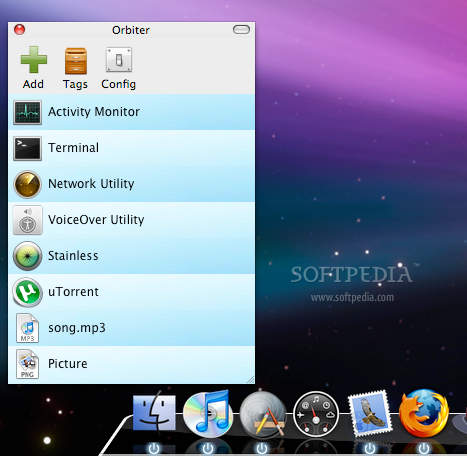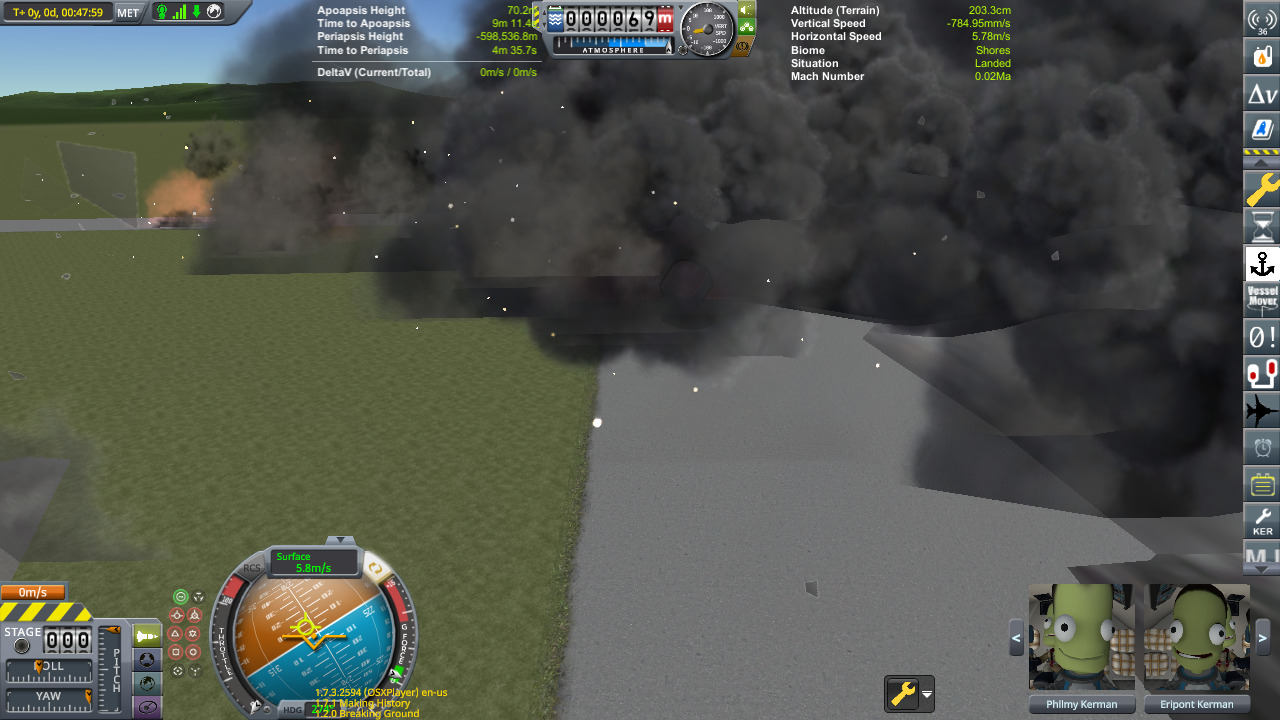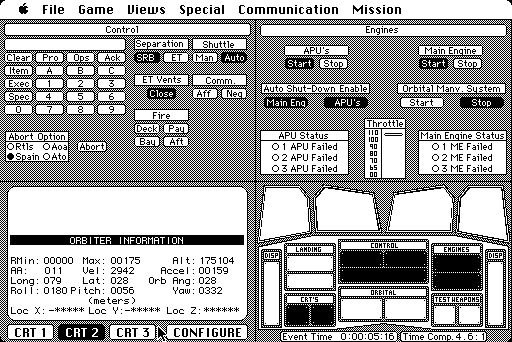
Orbiter addons n1 registration#


Pathstone operations are aimed at building flight heritage and focused on testing systems in preparation for launching NASA's CAPSTONE smallsat mission, later in 2021. Like First Light, Pathstone will first deliver customer satellites to orbit for transitioning into its own satellite operations. The second formal test, Photon Pathstone, was launched on 22 March 2021 on the 19th Electron mission "They Go Up So Fast". To demonstrate Photon bus' payload hosting, the First Light had a low-resolution video camera. The purpose of First Light standalone mission is to demonstrate the new (as compared to "plain" kick stage) systems for operating in orbit as a long-duration standalone satellite. First Light had a dual role in the mission: first as the final rocket stage delivering the customer satellite (Capella 2) and then as a standalone satellite undertaking its own orbital mission. It was launched aboard Electron rocket on 31 August 2020 on the 14th Electron mission "I Can't Believe It's Not Optical". įormally the inaugural Photon satellite was the Photon Pathfinder/First Light satellite ( COSPAR ID 2020-060A) described by Rocket Lab as its "first in-house designed and built Photon demonstration satellite". It aimed to extend the function of the kick stage to enable it to function as a satellite in its own right. It was launched aboard an Electron rocket on 13 June 2020 on its 12th Electron mission, "Don't stop me now" as its kickstage. The first satellite to test the architecture was Electron Kick Stage Rocket Body/Photon Pathfinder ( COSPAR ID 2020-037F).

HyperCurie is an evolution of the Curie engine, which comes in a monopropellent version and a bipropellant version, while the HyperCurie is a hypergolic version. The interplanetary version will have a 40 kg (88 lb) payload capacity. The low Earth orbit version of Photon can take 130 kg (290 lb) to Sun-synchronous orbit.Ī modified version of Photon would have bigger propellant tanks and the HyperCurie engine for interplanetary missions. Depending on the orbital inclination (37° to Sun-synchronous orbit), it is expected to have a maximum payload capacity of 170 kg (370 lb). It uses the Curie engine and communicates on S-band. Photon is manufactured at Rocket Labs factory in Huntington Beach, California. Rocket Labs ultimate aim for Photon is that it will enable an interplanetary mission to Venus in 2023, delivering a laser-tunable mass spectrometer into the Venusian atmosphere. The first few Photon satellites would be technology demonstrators before transitioning to operational launches for customers, likely starting with NASA's CAPSTONE cubesat. The development of Photon included working with a number of potential customers, with significant interest from government agencies. The company also announced it was targeting Lunar orbit as part of its services offered with Photon, enabled by a new bi-propellant propulsion system. In October 2019, it announced that it aimed to launch its first mission as soon as the fourth quarter of 2020. At the same time the company was aiming to broaden its portfolio and diversify its revenue streams.
Orbiter addons n1 full#
Its goal was to reduce the complexity and development time for customers, enabling technology demonstrations without the complexity of developing a full spacecraft. In April 2019, Rocket Lab announced plans to create a new satellite bus, named Photon, to launch small payloads into Earth orbit.


 0 kommentar(er)
0 kommentar(er)
